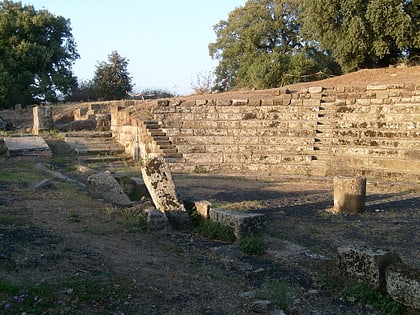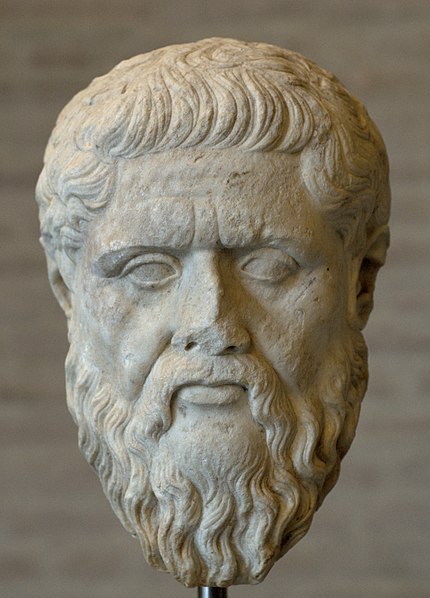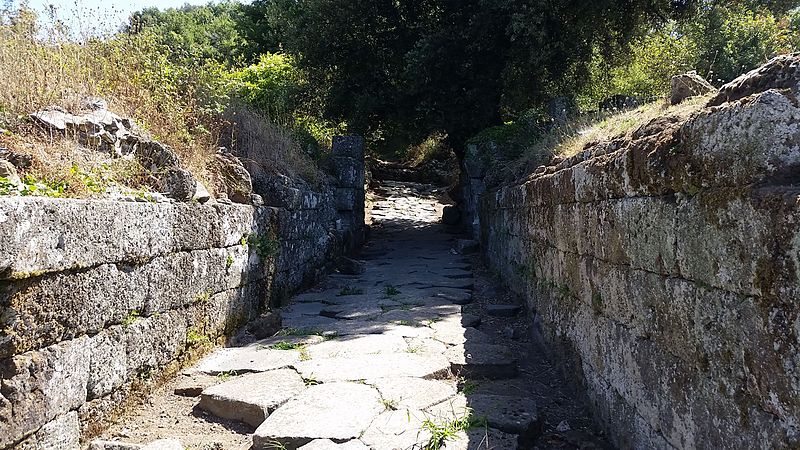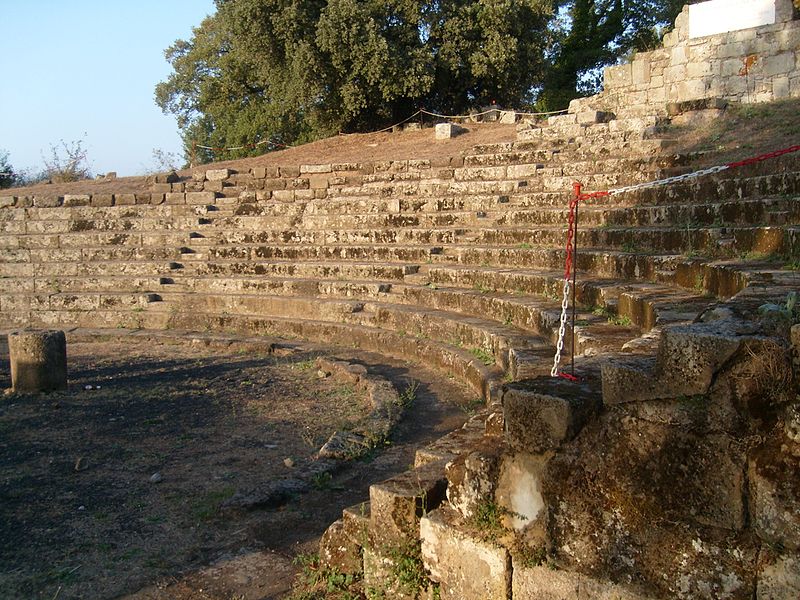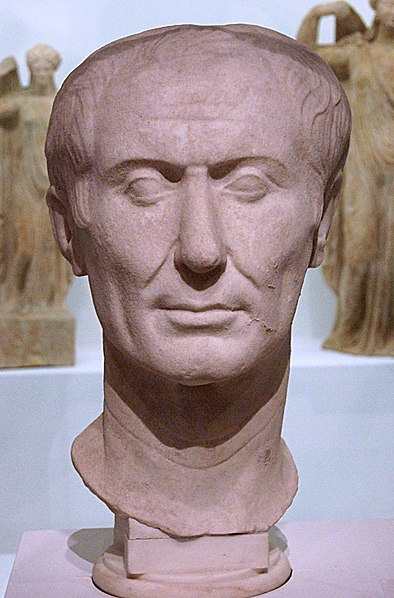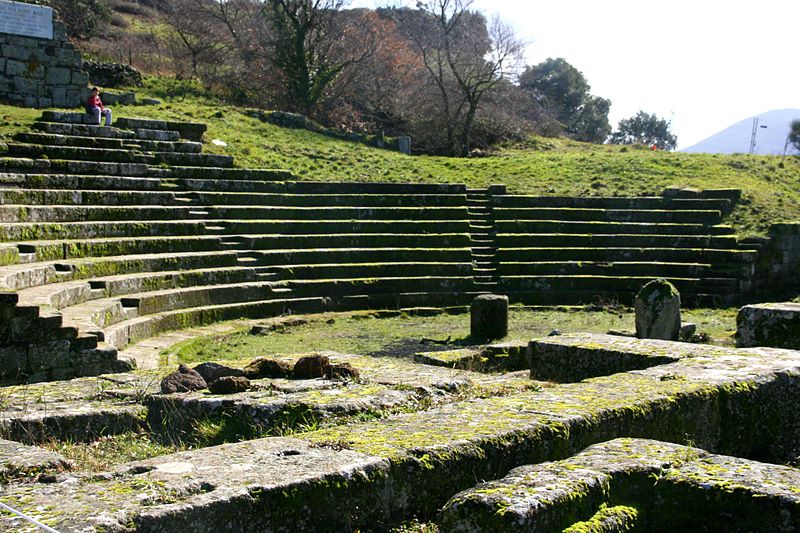Tusculum
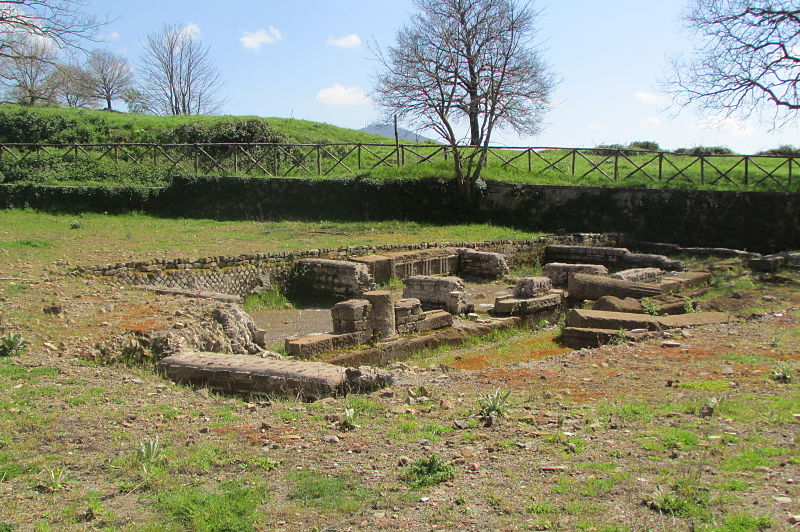
Facts and practical information
Tusculum, Italy, is an ancient archaeological site that offers a unique glimpse into the Roman past. Located on the Alban Hills, southeast of Rome, this once-prosperous city boasts a rich history dating back to pre-Roman times. It flourished under the Roman Republic and Empire, serving as a notable residential area for the Roman elite.
The ruins of Tusculum are a testament to its historical significance. Visitors can explore the remnants of its grand villas, an amphitheater, and the forum's complex. The site is also home to an acropolis, which provides evidence of Tusculum's strategic military importance due to its elevated position. The ancient streets, lined with the remains of various temples and public buildings, allow for a vivid imagination of its past grandeur.
Tusculum played a critical role in Roman politics and culture. It was the birthplace of several prominent historical figures, including statesman Marcus Tullius Cicero. The city's influence is further underscored by the fact that it was one of the earliest Roman municipalities and a vital center of learning and philosophy during the Roman era.
Despite its decline in the medieval period, Tusculum's legacy endures. Its archaeological site stands as a silent guardian of history, offering scholars valuable insights into Roman architecture, urban planning, and daily life. For tourists, it is a serene escape from the modern world, inviting them to walk through the corridors of time.
Tusculum – popular in the area (distance from the attraction)
Nearby attractions include: Villa Tuscolana, Villa Falconieri, Barco Borghese, INAF Osservatorio Astronomico di Roma.
